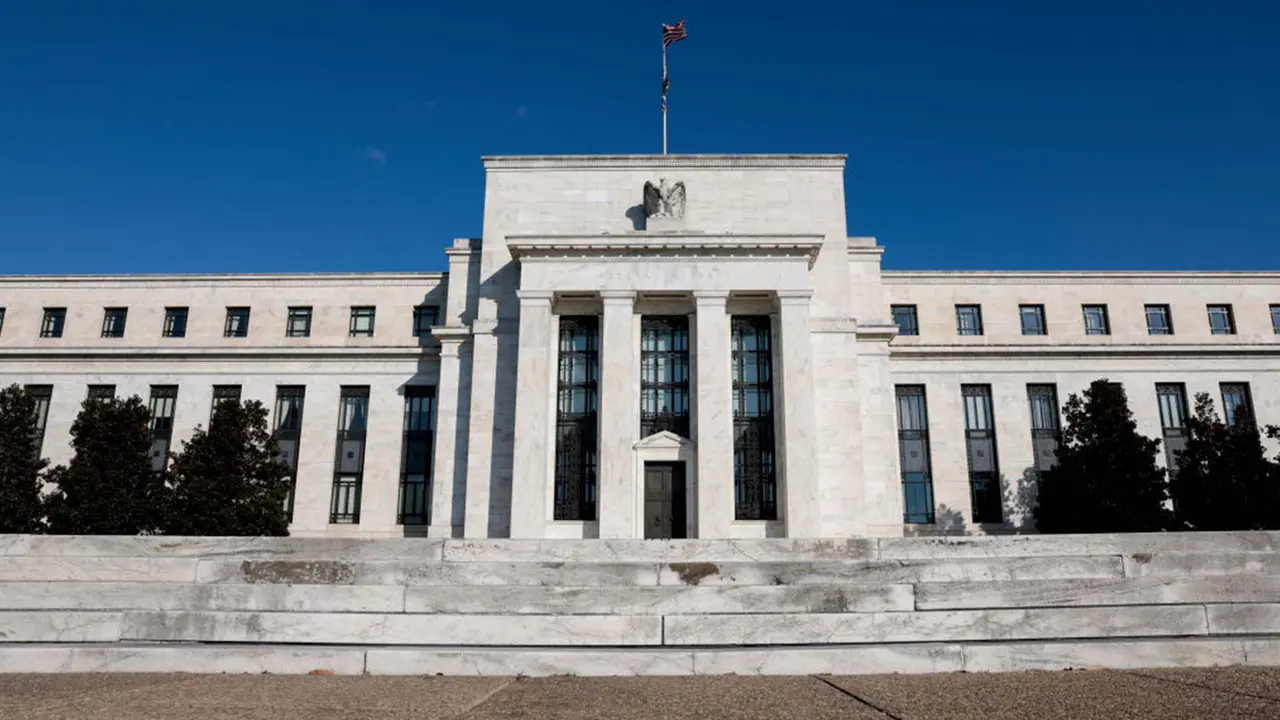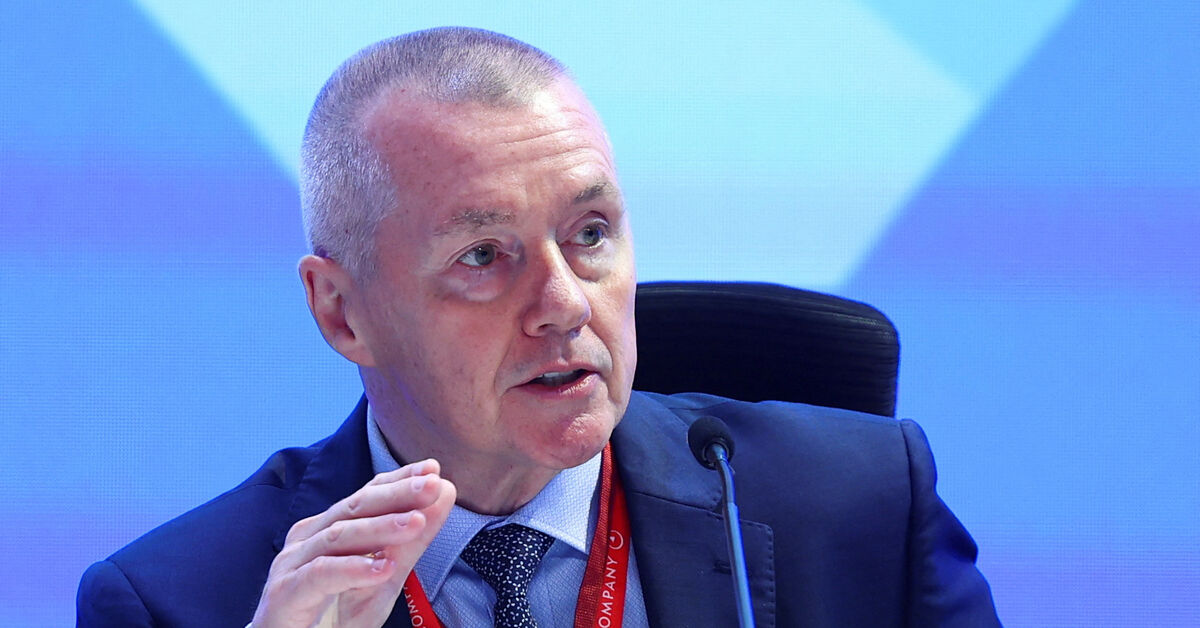
Now that the Fed has cut its key interest rate for the first time this year, ripple effects are expected throughout the U.S. economy.
Here’s a look at what that means for residents in Texas, where job growth, construction, and financial security have seen recent turmoil.
Texas economic uncertainty
Local perspective:
Texas is the eighth largest economy in the world. In spite of that, the state was recently ranked as that with the most financial distress, WalletHub found.
To add to this, Texas employment and job growth slowed in June, according to a report from the Federal Reserve Bank of Dallas. The report also showed falling numbers for construction, largely due to tariffs and lack of skilled labor.
The recent study by WalletHub found that Texas’ financial unease was due to numerous worrying factors:
Texas credit scores
Residents in the Lone Star State had the ninth-lowest credit scores in the country in the first quarter of the year.
Texas bank accounts
Texas residents had the third-highest number of accounts in forbearance or with deferred payments per person, and the seventh-highest share of people with these distressed accounts, at 7.1%.
Texas bankruptcy
In the past year, Texas saw an increase of 22 percent in non-business bankruptcy filings, ranking at sixth-highest in the nation.
Related
What they’re saying:
“Measuring the share of residents in financial distress is a good way to take the pulse of a state and see whether people are generally thriving or having trouble making ends meet, said Chip Lupo, analyst for WalletHub. “When you combine data about people delaying payments with other metrics like bankruptcy filings and credit score changes, it paints a good picture of the overall economic trends of a state.”
How will Fed cut affect Texans?
A cut by the Fed is most visible in revolving debt and short-term loans. Changes could be visible within weeks for consumers, while movement on the grander scale could take months to notice.
Borrowing costs
Most notably for Texans, borrowing costs are expected to go down. At a time when credit scores are low and bank accounts are tenuous, easier borrowing could be beneficial.
“After today, the cost to borrow will likely become cheaper,” Texans Credit Union CFO Ben Hart said after the Fed’s announcement. “Lower borrowing costs could free up cash for households, relinquishing some dependence on borrowing and also potentially stimulating more loan demand. There appears to be pent up demand in both the auto and real estate markets. Consumers have been holding off on large purchases in anticipation of lower rates.”
Related
Mortgages
Mortgages are less tied to Fed cuts than borrowing costs.
“Lower rates may improve affordability for first-time homebuyers,” Hart said. “However, home prices and interest rates historically have had inverse relationships. When rates fall home prices tend to increase and vice versa. It is difficult for first-time home buyers because the price of homes have not subsided like one would expect in a higher rate environment.”
That said, RedFin recently reported that rates have dropped to 6.35 percent from 6.9 percent this summer.
Their report says mortgage rates are expected to remain steady in anticipation of further Fed moves and the anticipated jobs report in October.
What’s next:
The Fed has telegraphed two additional cuts to come.



